Federate Amazon QuickSight access with open-source identity provider Keycloak
AWS Big Data
JUNE 13, 2023
Amazon QuickSight is a scalable, serverless, embeddable, machine learning (ML) powered business intelligence (BI) service built for the cloud that supports identity federation in both Standard and Enterprise editions. Download the SAML metadata file. In the navigation pane under Clients , import the SAML metadata file.

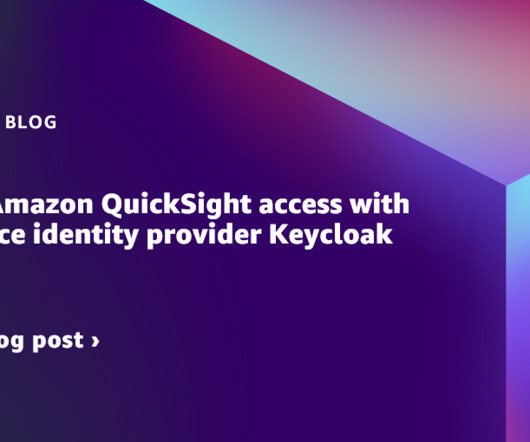
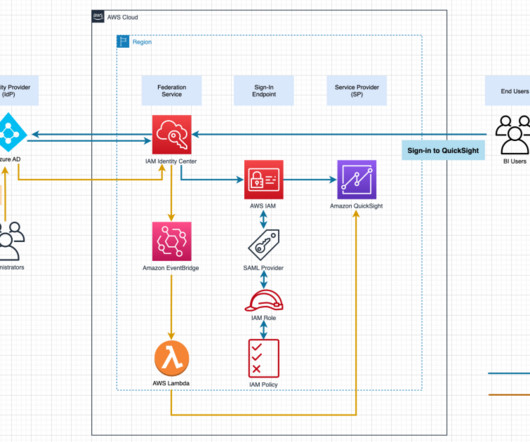
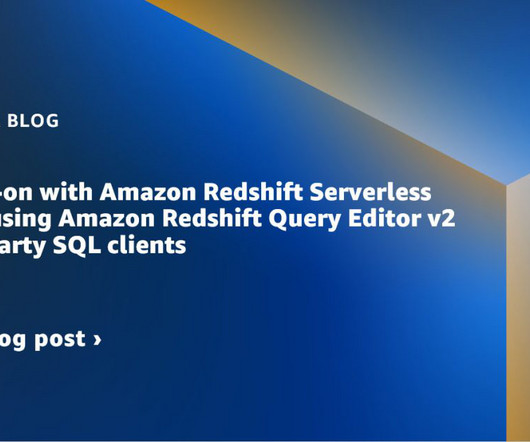


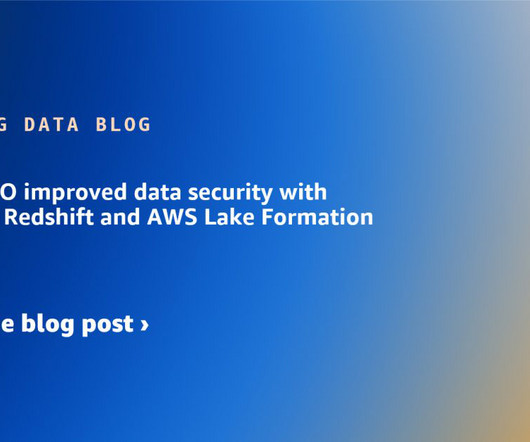


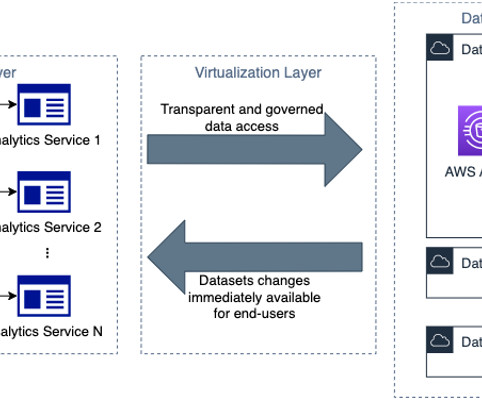









Let's personalize your content